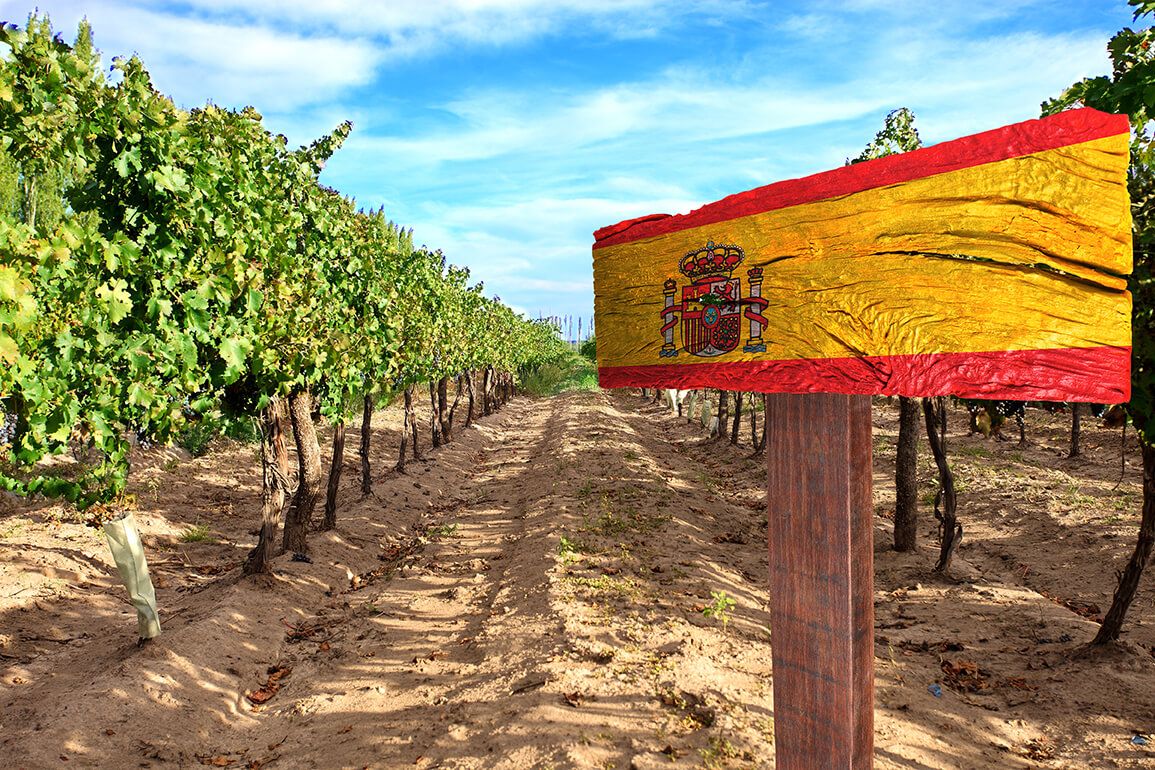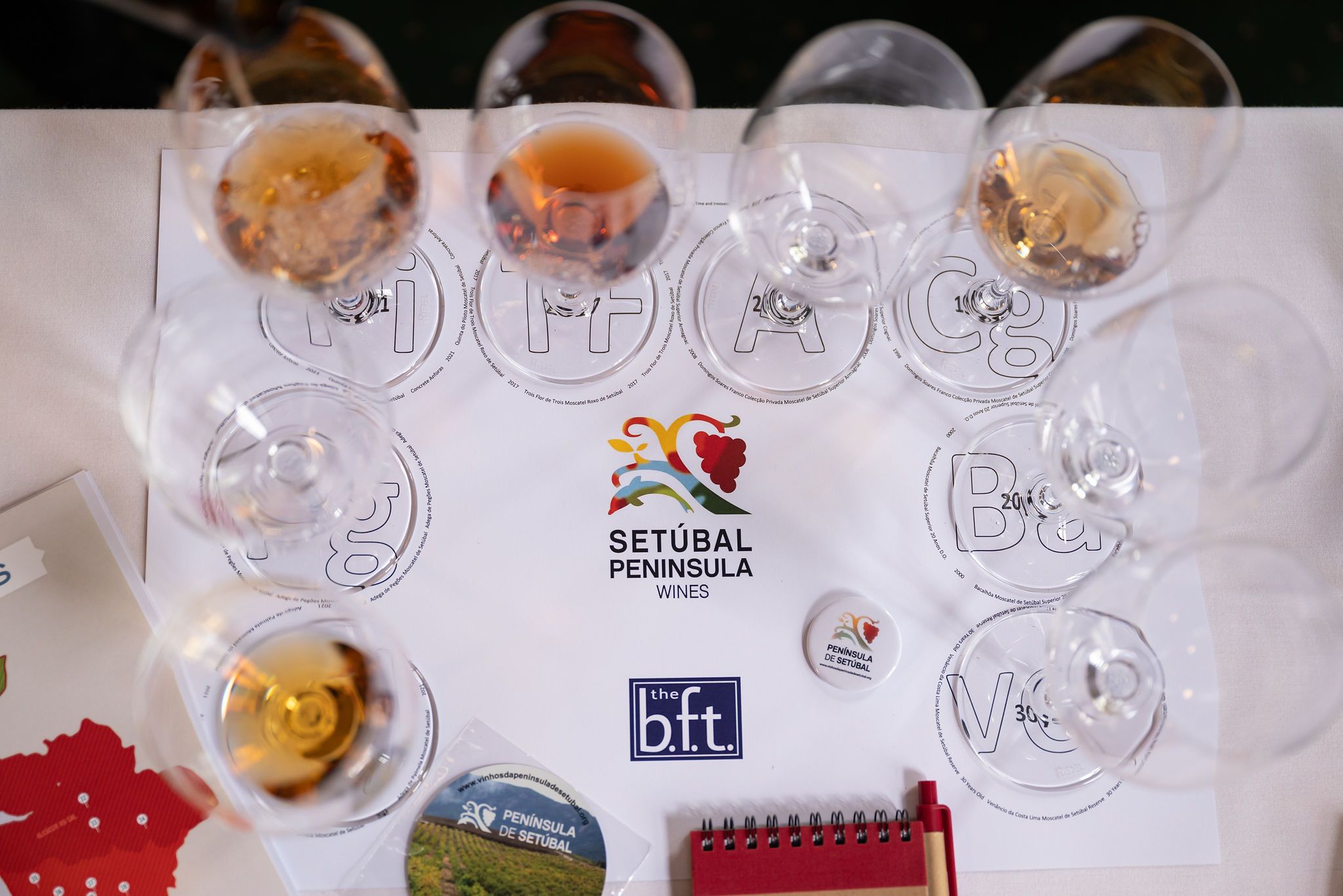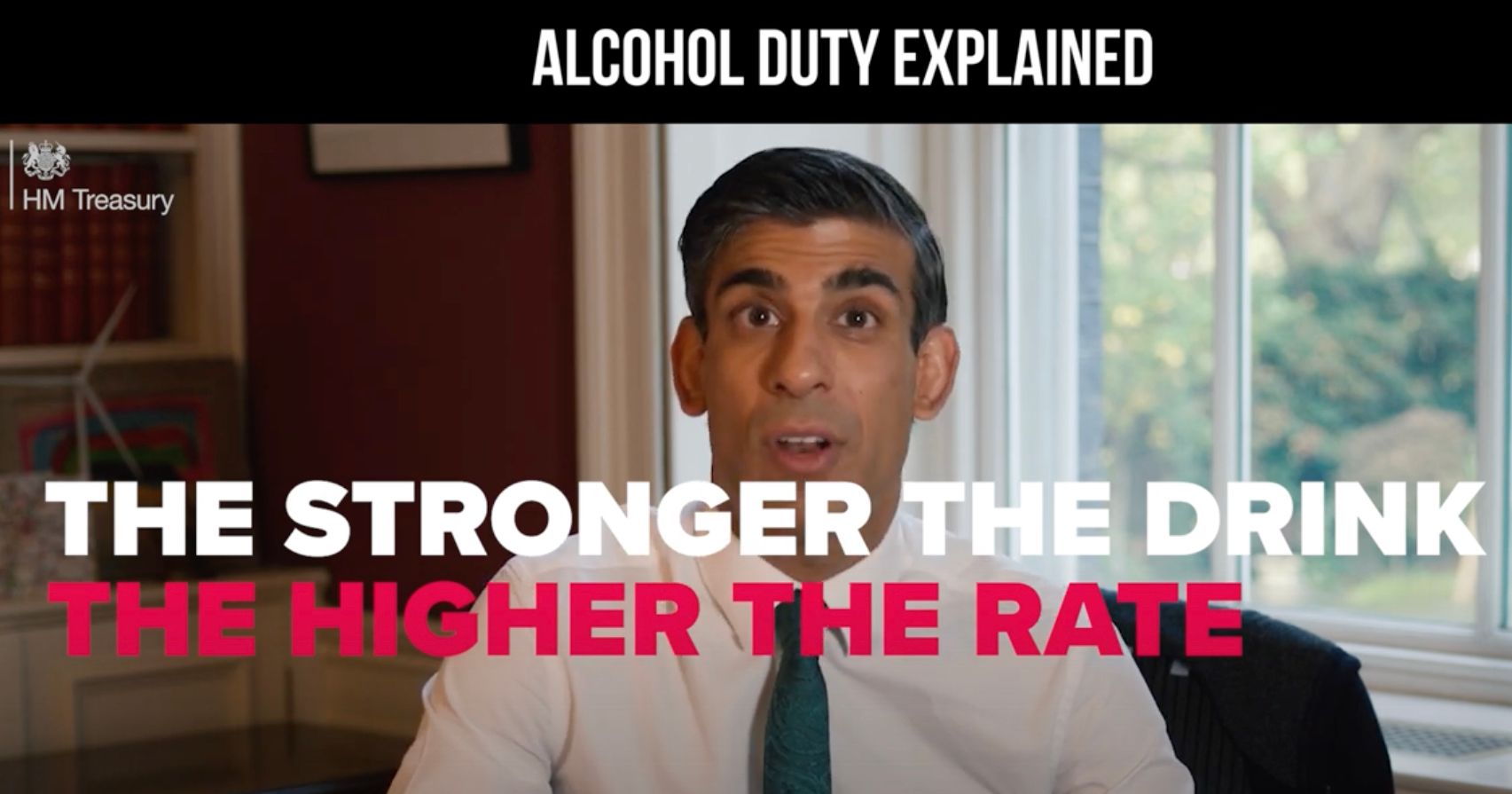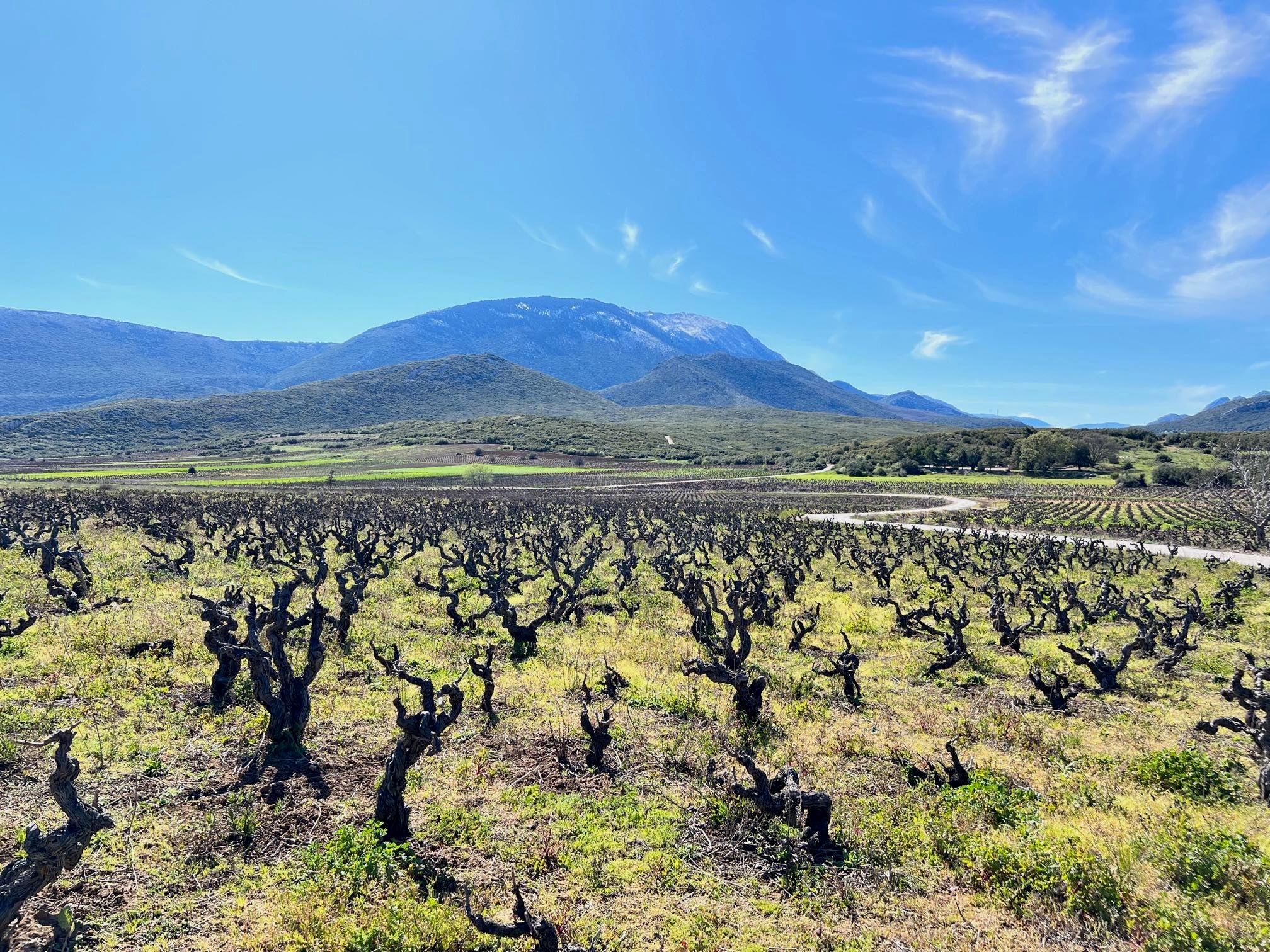How have you seen your country’s wines develop over the last 10 to 15 years?
The change in Spain has been hectic. I’ve recently returned from Bierzo from the celebrations for the 25th anniversary of Descendientes de J Palacios winery in Bierzo. In 1999 Bierzo hardly figured on the map; today between Ricardo Pérez (of DJP) and Raul Pérez (no relation) Bierzo is internationally established with some of the most highly priced wines in Spain.
We were also celebrating Ricardo’s uncle Alvaro Palacios’ 60th birthday and Alvaro’s daughter Lola joining the business. Quite apart from his fine wines winning international attention for Spain, Alvaro has been one of the drivers of the segmentation of wines, from Villages to Single Vineyard. The way regions are implementing the categories is still much debated, but we now have ways to celebrate the diversity and individuality of wine coming from Spain.
It’s not so very long ago Spain was ‘Sherry’, ‘Rioja’, ‘Cava’ and plenty of cheerful cheap wine. There’s still far too much cheerful wine about, though. Spain should be about quality not quantity.
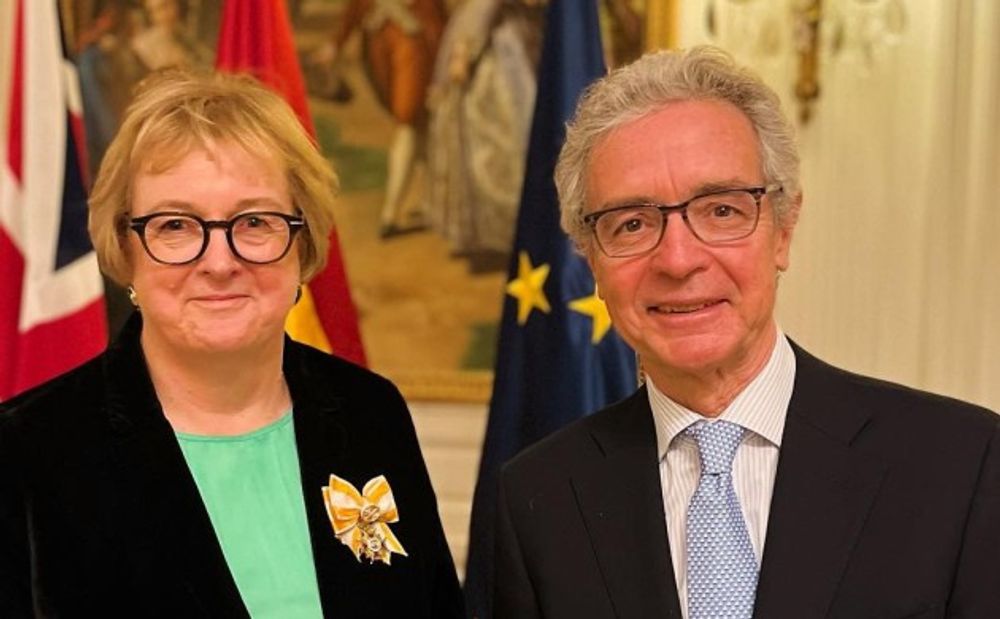
Sarah Jane Evans MW was recently awarded the Officer’s Cross of the Royal Order of Isabella the Catholic in recognition of ‘extraordinary services to Spain’. Here she is receiving the award from José Pascual Marco, Spain’s ambassador to the UK & Northern Ireland
Winemakers are transforming former bulk production zones, seeking out the impressive heritage of old vines. In the north-west Galicia has really made itself known, and not just for Albariño and Rías Baixas. I’m very attracted to the crunchy red wines. Catalonia is a hot bed of fascinating wines, and particularly in the last 10 years. The drive towards local varieties has given an international profile for Spain’s lovely Garnachas. The only category we have seen travelling in the opposite direction is Sherry, but I’m optimistic about the transformation there.
What do you think have been the key reasons behind those changes
It’s important to remember that from 1936 to 1975 Spain was under a dictatorship. The world’s image – and reality - of Spain then was cheap holidays, and cheap wine. Innovation was difficult.
Spain joined Europe in 1986. A global market place opened up, winemakers were able to travel widely, to learn and return. Today the children of that generation are at work giving a new impetus of excitement, a greater understanding of viticulture and winemaking, and a strong interest in the native varieties. Inevitably Spain had its Robert Parker moment, with 200% new oak, but that time is past.
Of all the wine countries there are what has attracted you time and again to return and better understand what Spain can offer?
Where to begin? The food, the climate (those cold January blue sky days as much as the sun), the remarkable history. The language: I’m always a more expressive person when I speak Spanish than I ever am in English. The geography: this, Europe’s second most mountainous country, is glorious. The people: and especially the people behind the wines.
What’s fun is that when I visit to find out what’s happening in Spain I usually meet ‘foreign’ winemakers also attracted by Spain, and working on projects. If you want to find out what’s happening in Chile, Argentina, France, Australia, then you’ll find a winemaker from one of those countries in Spain who can tell you.
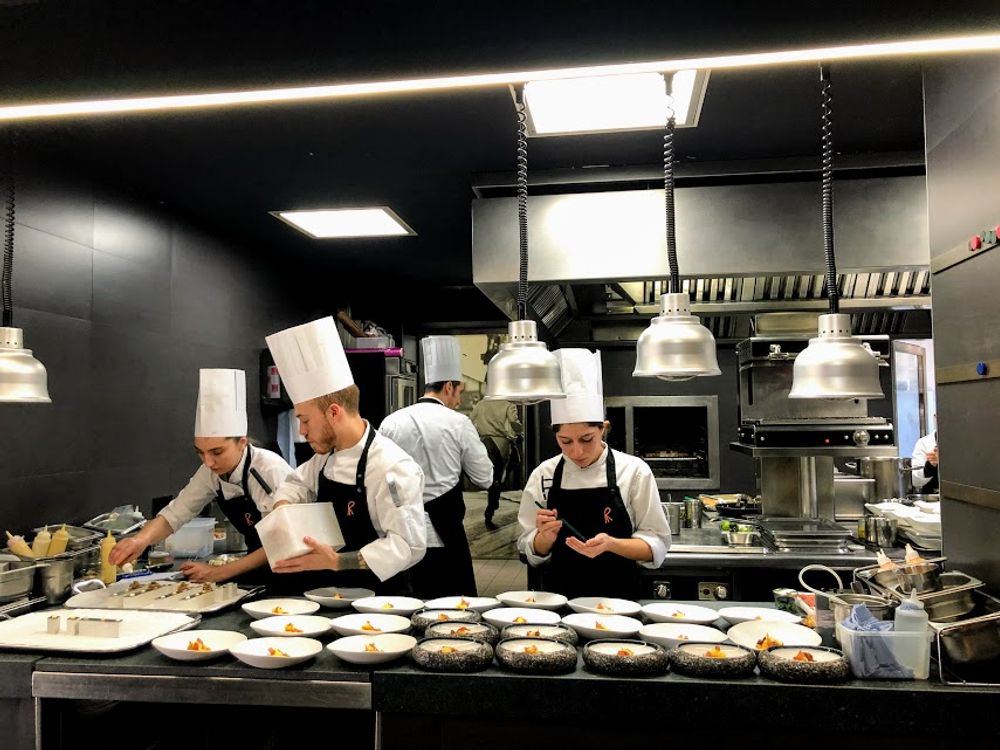
How many countries could pair 30 wines against 30 dishes to show the diversity of its wines like here at El Celler de Gerona Can Roca
I can sum it up with a meal at El Celler de Gerona Can Roca. Multi-awarded, multi-starred. Josep ‘Pitu’ Roca, the brother in charge of the wine, and his head sommelier Audrey Doré, will serve 30 glasses to match the 30 courses of the meal.And all of them different. Spain has this exceptional diversity.
Can we drill down into the particular regions that have really moved forward and what key differences do you think they have made?
Valencia comes top of the list. It is understood as the land of oranges, and co-ops, but there’s so much more. I’m particularly excited by the people working in the Alforins area. People like Celler del Roure with their astonishing cellar of tinajas, vast amphoras; Rafael Cambra; Clos de Lom; Bodega los Frailes. Many are working with hardly known varieties. Close by, Pepe Mendoza is putting Alicante back on the map with his Casa Agricola project. Further afield, but still in Valencia, is Baldovar 923.
I mentioned tinajas. If there’s one thing that stands out in the last 10 years is the focus on tinaja made wines.I first came across them with Sara Pérez in Priorat, relatively small ones. Later with Loxarel. And then all over Spain, and south to the giants in Montilla-Moriles. The wine world is right to celebrate the qvevri of Georgia and their great history; but there is an impressive quantity of tinajas (mostly not buried) closer to home in Spain.

The use of tinajas in the last 10 years has been a big change in Spain says Sarah Jane Evans MW
In Catalunya, the relatively small Terra Alta is a powerhouse for global production of Garnacha Blanca. Ten years ago we were scarcely talking about this non-aromatic, textured variety in Spain.But now it’s producing whites of exceptional quality.
White wines in general: in Rioja they still only account for less than 10% of the vineyard.But it’s increasing, returning towards the proportion we used to see. There are some excellent whites in Rioja now.
Ribeira Sacra: produces those deliciously crunchy reds. It’s only relatively recently that producers have thought about the evident demand from export.Now their packaging is so much more attractive.I know: if it’s a fine wine then the bottle doesn’t matter.But in the case of Ribeira Sacra’s traditional bottles it really does.
Ribera del Duero: I’ve put RDD on this list although it doesn’t really need any help in the marketplace. Like Rioja and Priorat it has an established profile. But I’ll cheerfully admit that I have not been a fan of the traditional highly concentrated, highly extracted, boldly oaked reds. What is so exciting now is that- while consumers in Spain and the USA can still enjoy the classics - there is a whole new generation of more elegant wines, particularly from Soria, and from producers like Dominio de Aguila and Atauta.
What have you seen in terms of different varietals across red and white wines that have come to the fore?
In the beginning, the fact that Tempranillo in its various forms (Cencilbel, Tinto Fino etc) was basically one variety made an easy to communicate message. More recently it has, I’m afraid, come to suggest Spain is a little boring. Nothing of the sort.
Garnacha from Spain is established internationally as a variety of real interest. The crisp blue fruit of Mazuelo/Carignan is a newer arrival and can work deliciously in Rioja and Priorat, with its pinnacle in Mas Doix’s 1902 Tossal d’en Bou Gran Vinya Classificada from the latter, and Arizcuren’s Mazuelo in Rioja Oriental.
I’m a real fan of the ethereal reds of Galicia: Merenzao (Trousseau), Espadeiro, Caiño tinto…. Not forgetting in Castilla y León, the pleasure of Mencia.
Across Spain, people are recuperating old, prephylloxera varieties with great success.
As for the whites, the variety that has come shooting to attention is Xarel.lo. Once known as one of the grapes of Cava, it is now making terrific whites with great acidity. Roc Gramona and his cousin Leo, from the Gramona family, are taking a lead with L’Enclos de Peralba.
The confusing white is Malvasía. Malvasía de Sitges, an occasional ingredient in some Cavas, is popular enough that it now has its own conference. Malvasía Riojana is becoming more common, appearing in a few wines. The confusion is that some people call it Alarije, when it’s actually Rojal. Or so I’m told.

Jerez is a region to keep exploring says Sarah Jane Evans MW - particularly for its new styles of white wines
The region with the explosion of newly recognised white varieties is Jerez, which has added to the permitted list a selection of white grapes that were well known before phylloxera. These will need time to re-establish themselves. For a taste of the future try the vibrant, piquant, mineral Bodegas Cota 45 Agostado Palo Cortado which is 95% Perruno and only 5% Palomino.
How do you see the advances and potential in Spanish sparkling wines?
The key thing is that there are many great wines. The problem for consumers is that there are too many DOs. The quality has improved enormously; there are enough wines for sommeliers and retailers to feel they can have something special to offer. But they will be doing it by the producer and their story – differentiating between Cava, Classic Penedes, Corpinnat, Conca del Riu Anoia, Rioja is far too complicated. Each of these separate bodies has been working hard and well for quality, not least Cava.
Spain fills all the gaps for the sparkling wine drinker: there’s a good range of Pét-Nat. And at the other end there are wineries like Mestres who are producing Cavas with exceptionally long ageing and playing with the disgorgement dates like any top Champenois.
How well appreciated or recognised do you think all these changes are understood by the UK wine industry?
Can I give a half and half answer? There are people importing and selling wine who are really knowledgeable, and from whom I learn plenty. There are others who keep their shelves topped up with the four reliable Rs: Rioja, Ribera, Rueda, Rías Baixas. And alsoTío Pepe.
During Covid it wasn’t possible to travel, and latterly life has been really busy with events backing up against each other. So there are some clichés still prevailing ‘Priorat is too oaky’, ‘Rioja is all American oak’, But now we can welcome producers to tastings and events here, and people can also travel, giving us all a chance to be up to date.
Brexit casts a long shadow. Part of my job is to go out and find wines, find new producers. If I am writing them up for a UK publication, then where possible they need to be on sale in the UK. But with the paperwork, and now the taxes, there’s a disincentive for the new and smaller producers to work this market. The risk for us as wine lovers is that the range of wines decreases sharply.
How well appreciated are they by the wine drinking public and what do you think is key in helping to change and open up people's minds towards Spanish wines?
Spain has plenty of positive images to do with sunshine, pleasure, generous flavours, tapas. And there are wines that are world-beaters. I’d just encourage people to step outside their comfort zones.There is so much to enjoy from the enormous country. Education and experimentation go hand in hand. Wines by the glass are one way to go. Many people are making unoaked reds, and this is a really good way in to enjoyable drinkable wines with distinct varietal character.
Which regions and wines do you see as still have the most untapped potential and why?

The unfortified wines from Montilla-Moriles are still a 'secret' that Sarah Janes Evans MW enjoys
I’m a great fan of Montilla-Moriles. A great tradition. Albariza soils. Unfortified wines. Dry and sweet. New wave still wines. Made in vast amphoras. Fabulous. But a great secret.
Which areas of Spanish wine do you think are in difficulty and more needs to be done to elevate the styles and understanding of them?
Sherry sales and the vineyard area have shrunk shockingly in my time in wine. Though at the same time the quality has increased, and the excitement also. The arrival of the new-wave still wines in the area may be causing headaches for the authorities as the decide how to categorise them.But for drinkers the best are really driving a new image and a new audience.
And I would add that too much Rioja is sold far too cheaply. ‘Rioja’ and ‘under £10’ should never be seen together in retail.
With a changing climate and greater focus on sustainability how optimistic are you for the future of Spanish wine?
I’m optimistic. Even though the end of April began alarming nights of frost ina number of regions. There are plenty of approaches to be applied to adapt to the extremes we are encountering: changing pruning, harvesting earlier, seeking out higher altitude sites. There are several strategic organisations guiding work.
I’m impressed by the work of International Wineries for Climate Action, co-founded by the pioneering Miguel A. Torres. Spain leads Europe in organic agriculture, and organic wines are widespread.Social and economic sustainablity is what really concerns me. Too much of Spain is locked into bulk wines, and to a system which does not pay growers the cost of production.
What would you most like to see develop and really come to the fore and be celebrated from Spain?
I’m tempted to say ‘everything’. There is still so much to discover and to share.
* Sarah Jane Evans MW is chairman of the Gran Orden de Caballeros del Vino, co-chair of the Decanter World Wine Awards and author of The Wines of Northern Spain.
* You can read more of her work at her website here.
Wines from Spain Tastings
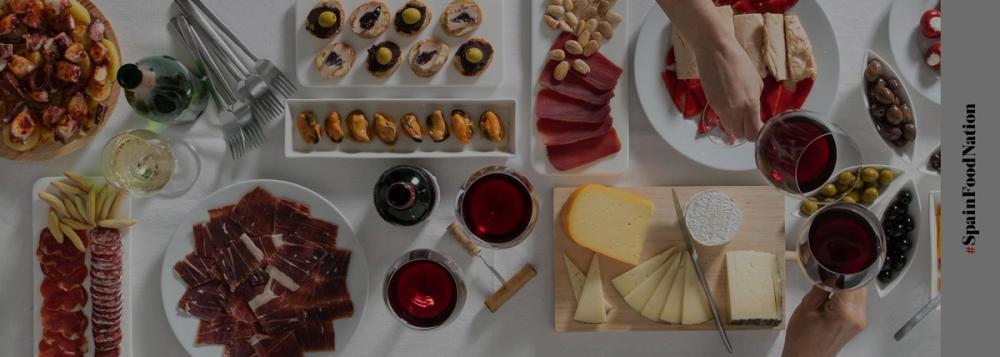
Wines from Spain is gearing itself up for its two major UK tastings in 2024 starting in London on May 14, followed by Edinburgh on May 20. Both events will feature a host of producers travelling to both events supported by their UK suppliers. The London tasting will take place a new tasting venue - The Pelligon- and will have 800 wines to taste from around 250 Spanish producers and 29 UK importers. The Edinburgh tasting will have over 200 wines on show. Both events will include a series of masterclasses and the London event will see wine walks conducted by leading wine figures including David Williams, Peter McCombie MW and Joe Wadsack. The Edinburgh tasting will have a number of themed tables covering classic, off the beaten track Spanish wines. A full visitor catalogue will be available from mid April to help plan your visit.
London tasting: May 14. 10.30am-5pm.
Where: The Pelligon, 43 Bank Street, London, E14 5NX.
Edinburgh tasting: May 20. 10.30am-5pm.
Where: The Balmoral Hotel, 1 Princes Street, Edinburgh EH2 2EQ.
